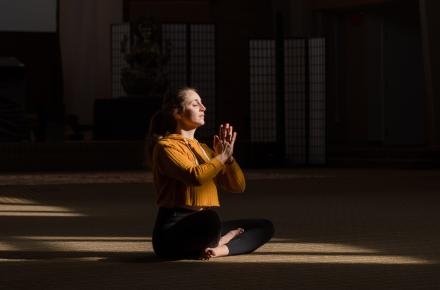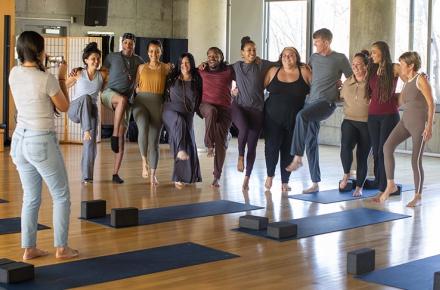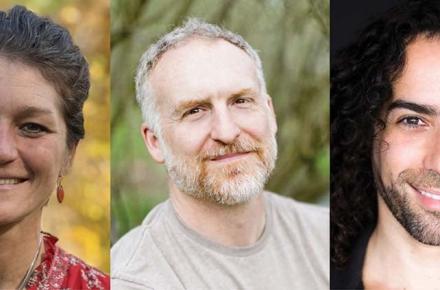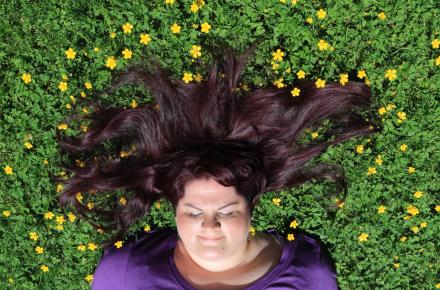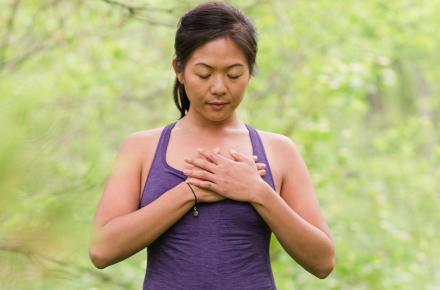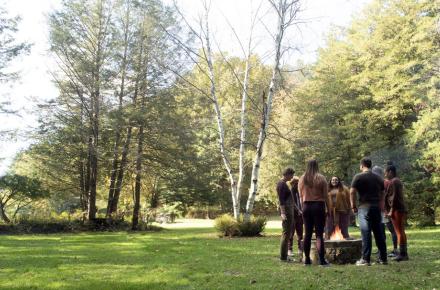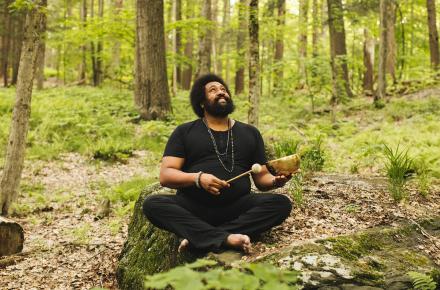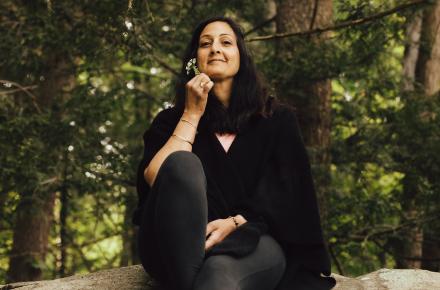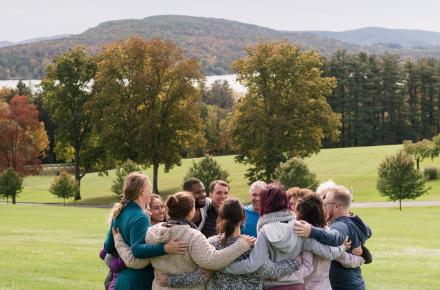Moving Into Happiness


It’s embarrassing to admit this, but I’m a yoga teacher who dislikes exercise. To be more precise, it’s the thought of exercise that turns me off, because I usually do feel better afterward. I’ve long considered exercise a chore that takes time away from other things that I need or want to be doing. What I’m starting to know in my bones, however, is that moving my body is essential to uplifting my mind.
Dr. John Ratey, author of Spark: The Revolutionary New Science of Exercise and the Brain, says that exercise is the “single best thing” we can do for our brains to boost memory, learning, and mood. “It works on anxiety, on panic disorder, and on stress in general, which has a lot to do with depression,” he says. "And it generates the release of neurotransmitters—norepinephrine, serotonin, and dopamine—that are very similar to our most important psychiatric medicines.”
Obviously, I need to reframe my view of exercise if I want to thrive. Or maybe I just need to have more fun with it.
Last spring, I arrived at Kripalu’s Certificate in Positive Psychology (CiPP) immersion week and saw that Let Your Yoga Dance classes were on the daily program schedule. For three days, I resisted, claiming fatigue or preferring to meet friends for lunch. Finally, I decided to give it a try.
During the one-hour class, instructor Megha Nancy Buttenheim led us in dancing, prancing, swaying, singing, and celebrating our bodies—and each other—with glee. When the class ended, I was glistening with sweat and delirious with joy. Every part of me was buzzing and I was in love with the world. I asked Megha why I felt so good.
“By moving through the energy centers of the body, you were experiencing a lot of things at the same time,” she told me. “You had an aerobic experience, which is good for cardiovascular health, and your brain was firing because I was teaching steps that you had to follow and words that you had to sing. When people are sitting in programs for most of the day, it’s exhausting on many levels. So the class was a huge wake-up call for your body and brain.”
That’s a wake-up call I could use more often.
Megha, who has developed a “healing through joy” curriculum, says that many CIPP students have cited her classes as essential to “landing” the teachings of the course through the body. “If it’s happiness we’re seeking, the body needs to be included,” she says. “My desire is for the entire Positive Psychology movement to include movement, because it’s not an adjunct component. It’s a crucial one. After all, the brain is the body.”
Among the thousands of books that offer Positive Psychology practices for greater happiness, almost none focus on the body, notes CIPP program director Megan McDonough. This is an oversight, she says, because well-being must include the whole person. “The physical is there, whether you acknowledge it or not,” she says. “We’ve heard how, when we feel depressed, our body will fold in. We’re now looking at the opposite with researchers like Amy Cuddy showing us how the way we hold our bodies can affect our emotional well-being.”
Cuddy’s popular TED talk focuses on how certain “power poses” (e.g., Tadasana with arms raised) can change the body’s biochemistry and affect our emotions. Standing in postures of confidence, even when we feel insecure, can alter testosterone and cortisol levels in the brain and prime us for intimidating situations like job interviews, presentations, and confrontations.
Martin Seligman, a cognitive psychologist and pioneer in the modern Positive Psychology movement, has stated that psychology has traditionally had a limited, “neck-up” perspective on mental health. After seeing the compelling research on exercise and brain health, Seligman and his team at the University of Pennsylvania’s Masters in Applied Positive Psychology program added physical exercise to their lives and course curriculum.
With all these voices in my head, and volumes of research proving the ability of exercise to boost health, mood, learning, self-esteem, and creative thinking, I need no more reasons to exercise. I just need to overcome my resistance to doing what’s good for me.
Right now I’m going to stand up, move away from the computer, stretch, and go for a long, brisk walk. It’s my preferred form of exercise because it puts me in nature, connects me to my community, and lets me listen to podcasts.
And, nine times out of 10, it makes me quite happy.
Kim Childs is a Boston-based life and career coach and writer who specializes in Positive Psychology. She is also a Kripalu Yoga teacher and facilitator of workshops based on The Artist's Way: A Spiritual Path to Higher Creativity, by Julia Cameron.
© Kripalu Center for Yoga & Health. All rights reserved. To request permission to reprint, please e-mail editor@kripalu.org.












